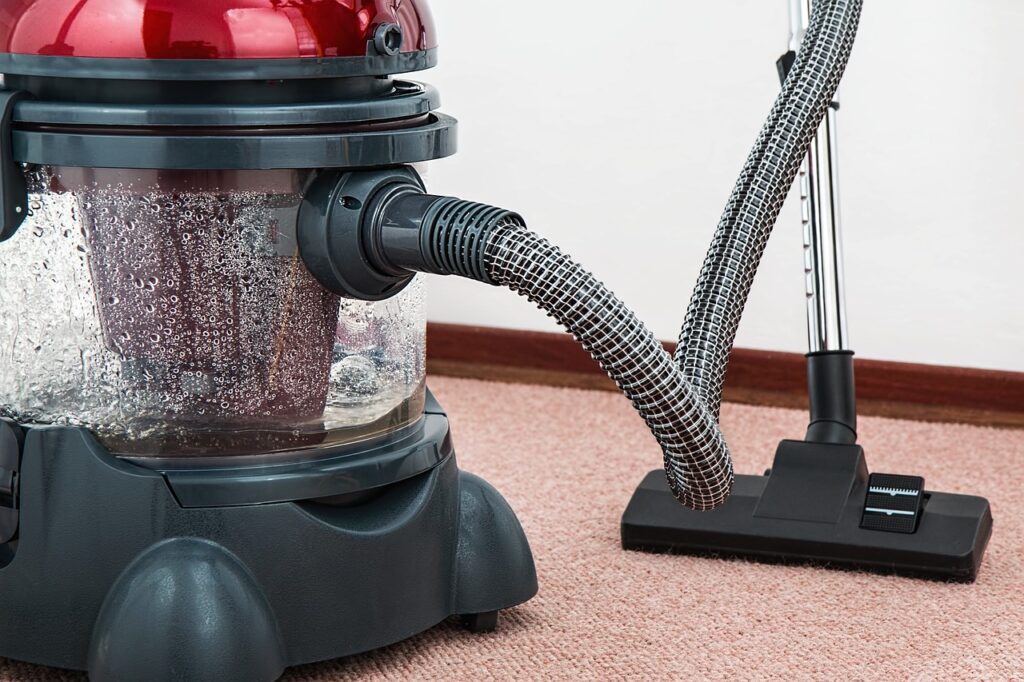Renovations can beautifully transform your home, but dealing with the aftermath isn’t always easy. Dust, debris, and paint splatters are just some of the frustrating challenges homeowners face. Thankfully, tackling the mess with effective after builders cleaning in Teesside can restore your home to its pristine condition. Follow our practical, step-by-step guide from July Cleaning Services to streamline your post-construction cleaning efforts.
Step 1: Ventilate and Safety First
Construction dust is more than just unsightly; it can pose significant health risks, particularly to individuals with asthma, allergies, or other respiratory conditions. Before you start cleaning, open all windows and doors to ventilate your home thoroughly. At July Cleaning Services, we always emphasize safety first. Wear protective gear, including masks, gloves, and eye protection, to avoid inhaling harmful fine particles or contacting irritating substances. It’s also wise to cover or remove valuable items and furniture from the area to prevent further contamination.
Step 2: Remove Bulk Debris
Your first practical step in after-builders cleaning involves clearing away larger debris. Start by picking up leftover building materials like packaging, nails, screws, chunks of plaster, drywall pieces, and wood fragments. Use heavy-duty garbage bags or robust bins to collect this debris safely. This initial clearing makes your subsequent cleaning much more efficient and helps to avoid accidental injuries from sharp objects hidden beneath the clutter.
Step 3: Fine Dust Removal
Builders dust, often a combination of sawdust, plaster dust, and other fine particles, is notoriously stubborn and pervasive. It can settle into even the smallest nooks and crannies. To effectively remove it, we recommend starting with dry cleaning methods, especially vacuuming. Use a powerful vacuum cleaner equipped with a HEPA filter to ensure you capture the smallest particles effectively. Carefully vacuum carpets, upholstery, window sills, shelves, corners, and even light fixtures. Sweeping should be avoided at first, as it tends to spread dust rather than removing it.
Step 4: Deep Clean Surfaces
Once you’ve removed the bulk debris and tackled fine dust, it’s time to deep clean surfaces thoroughly. At July Cleaning Services, we find microfiber cloths dampened with a mild detergent and warm water most effective for wiping down walls, ceilings, shelves, cabinets, and furniture. The fibres in microfiber cloths trap and hold dust particles better than traditional cloths, reducing the chance of dust becoming airborne again. For stubborn plaster dust or grime, using a vinegar and water solution can be particularly effective and safe, as vinegar naturally breaks down residues without harsh chemicals.
Step 5: Address Specific Residues
Different renovation activities leave behind unique residues requiring special attention:
- Paint splatters: Gently scrape away dried paint with a plastic scraper or putty knife to avoid scratching surfaces. For more challenging paint marks, rubbing alcohol or commercially available paint removers can be used carefully.
- Sawdust and wood shavings: After vacuuming thoroughly, use a damp cloth or mop to ensure no residue remains.
- Sticky adhesives, grout, and plaster residue: Typically, warm soapy water or specific cleaning products can remove these residues. However, professional solvents may be necessary for particularly stubborn areas.
Step 6: Floors and Carpets
Floors, including hardwood, tiles, laminate, and carpets, require meticulous attention post-renovation. Start by thoroughly vacuuming floors to pick up loose dust and debris. Follow up by mopping hard floors using appropriate floor cleaners that won’t damage your finish or surfaces. Carpets can hold significant amounts of dust, so consider steam cleaning or hiring professionals for a deep extraction cleaning. Steam cleaning not only removes dust but also helps eliminate allergens and bacteria, leaving carpets fresh and revitalized.
When to Hire Professionals
Even with diligent DIY efforts, specific residues, notably fine plaster dust, may stubbornly persist, resettling hours or even days after initial cleaning. This persistence is why many homeowners in Teesside turn to professional after-builders cleaning services. At July Cleaning Services, we employ specialized industrial-grade vacuums and cleaning agents designed explicitly for post-construction scenarios. Our equipment effectively captures even the most resilient dust particles, ensuring a truly clean environment.
We’ve successfully assisted homeowners in Darlington, Stockton, Middlesbrough, and the wider Teesside region, expertly transforming post-renovation chaos into pristine, welcoming homes. For example, a family in Redcar recently faced persistent plaster dust after renovating their kitchen. Our skilled team efficiently managed the cleanup, turning their home from dusty to spotless within a single day.
Final Thoughts
Although it’s possible to handle post-renovation cleaning yourself, hiring experts like us at July Cleaning Services significantly saves you time, effort, and stress. Our comprehensive after-builders cleaning approach guarantees a clean, comfortable, and welcoming home environment, allowing you to enjoy your newly renovated space without hassle.
Ready to reclaim your pristine home after renovations? Contact us at July Cleaning Services today for reliable and thorough after-builders cleaning across Teesside.

